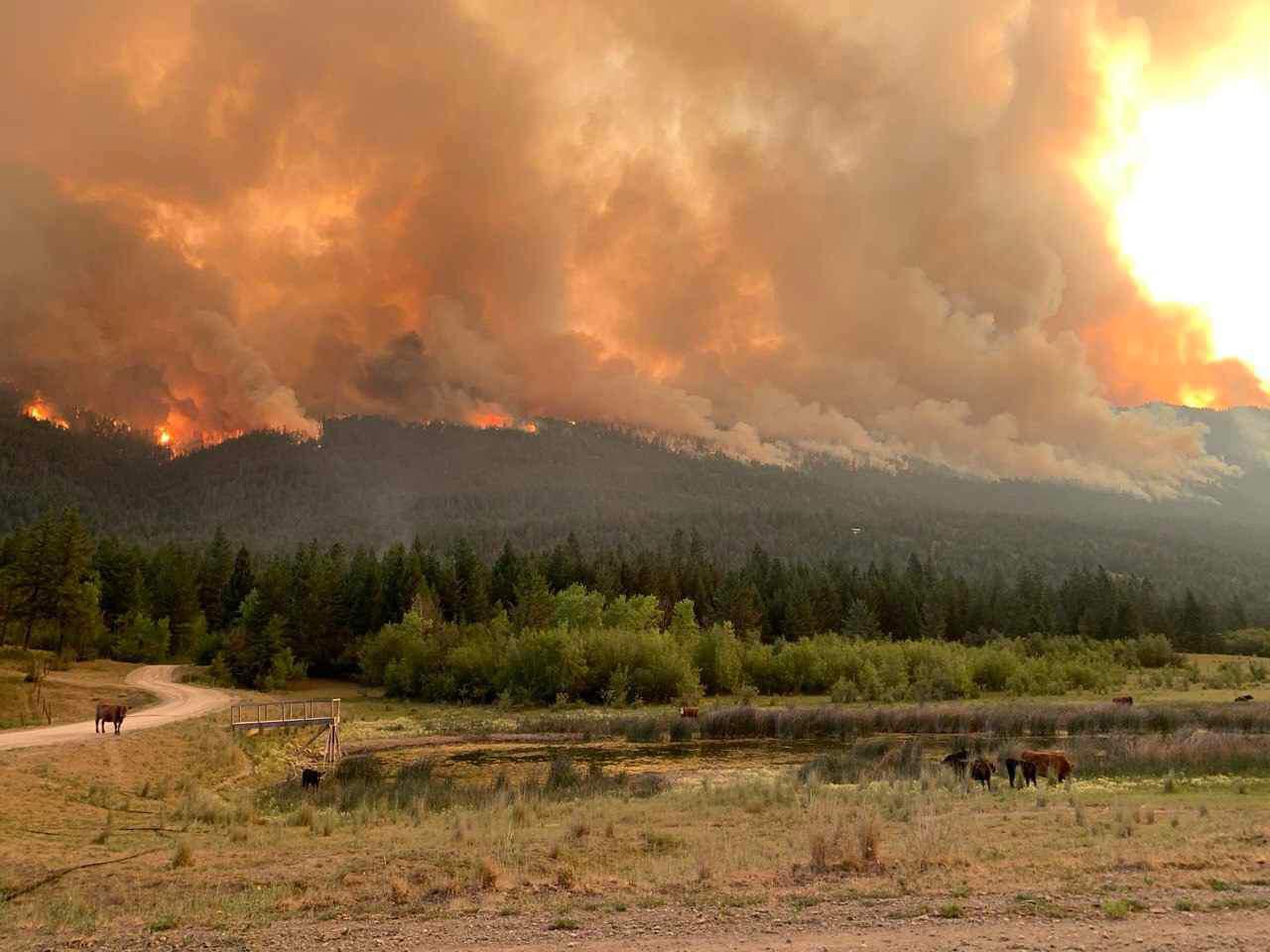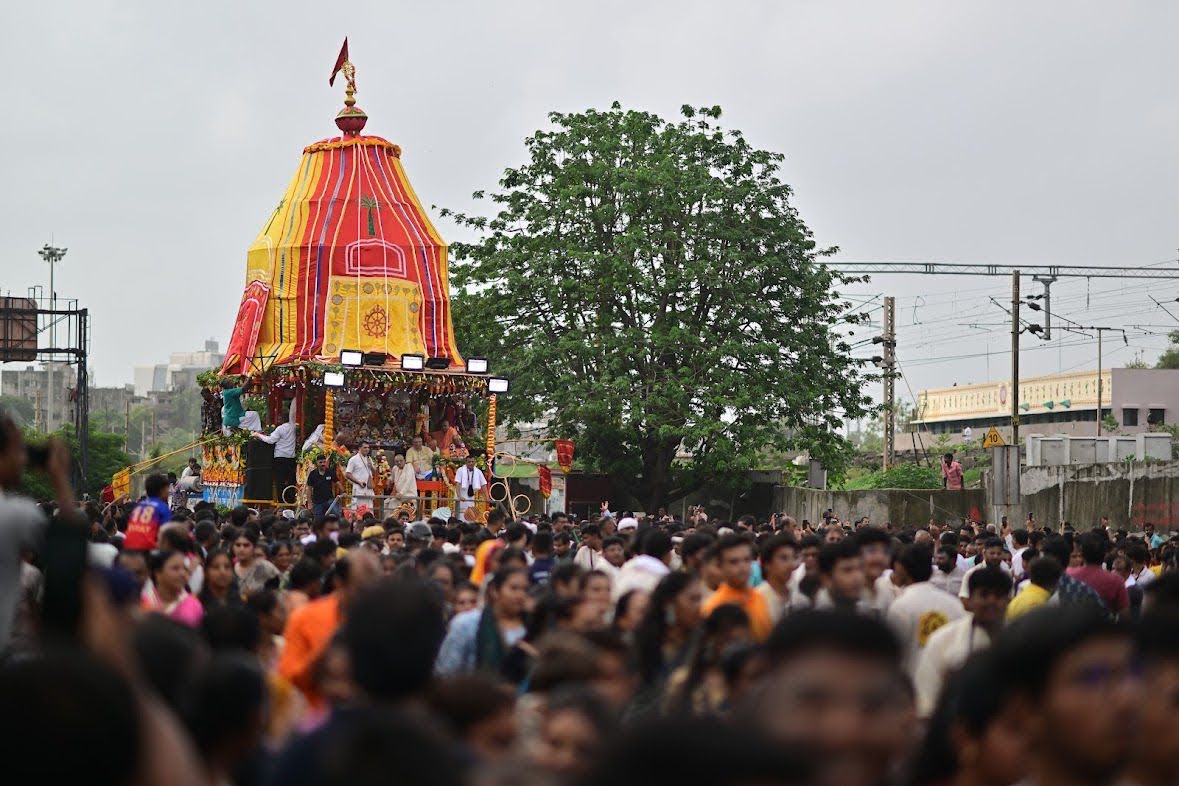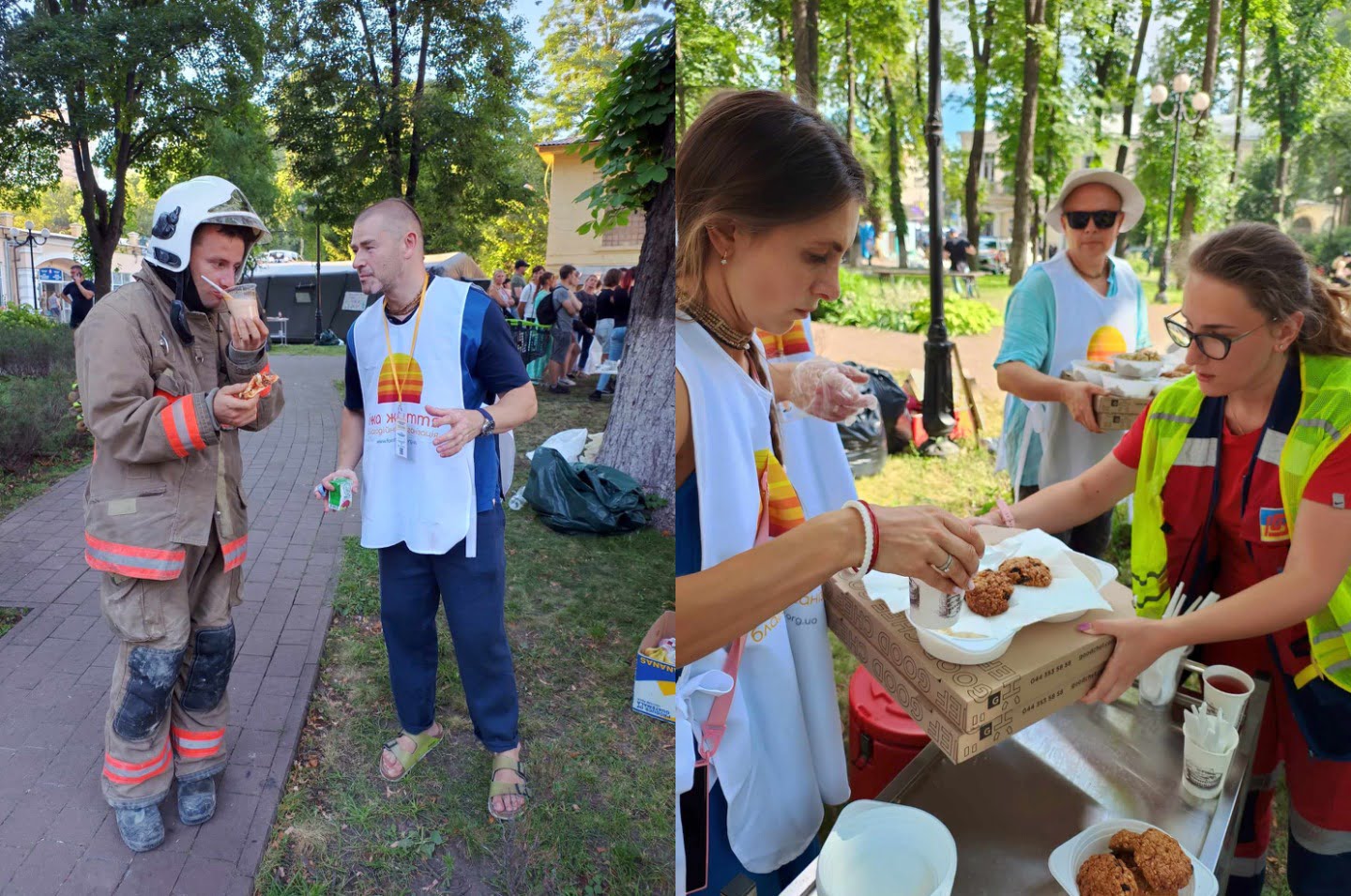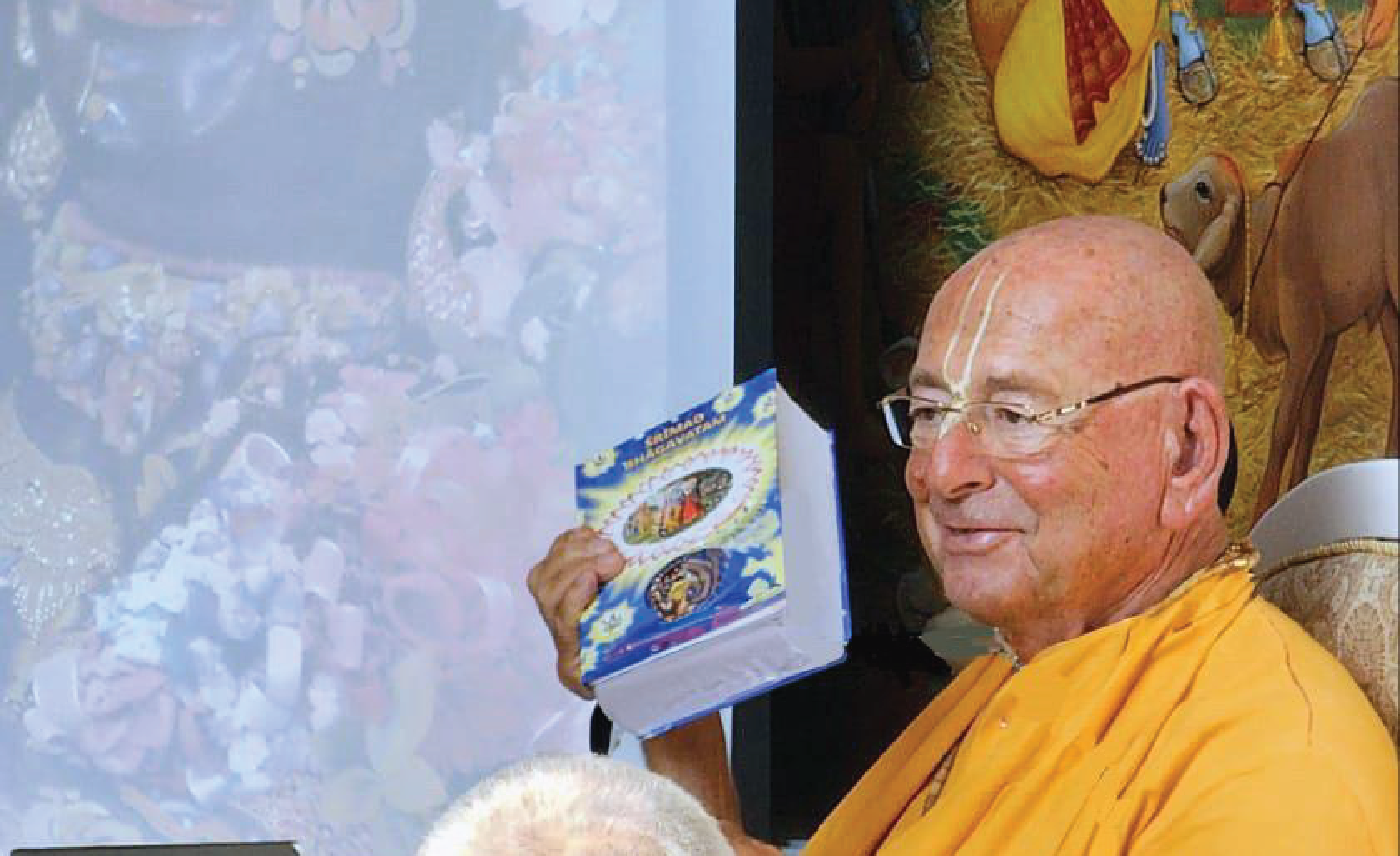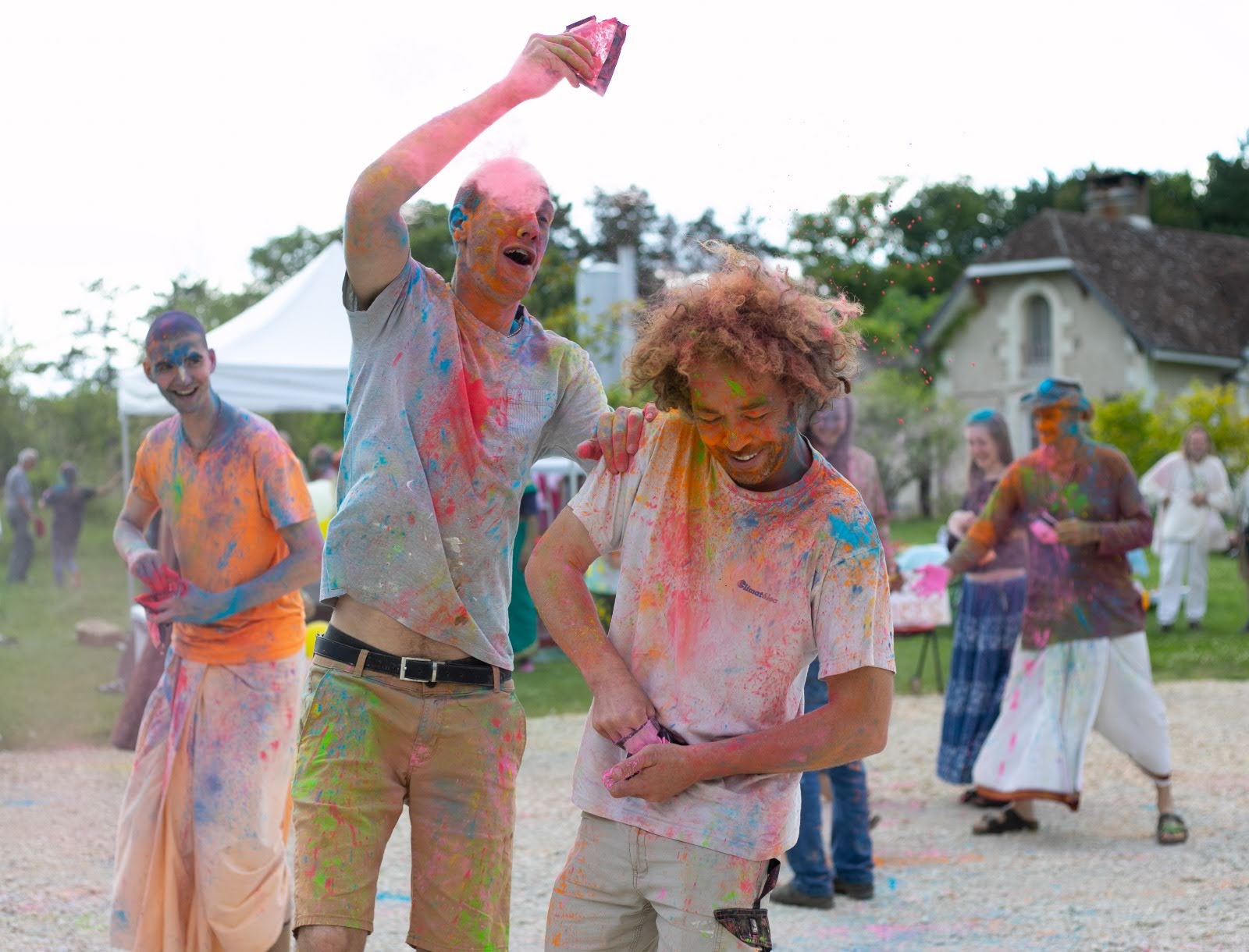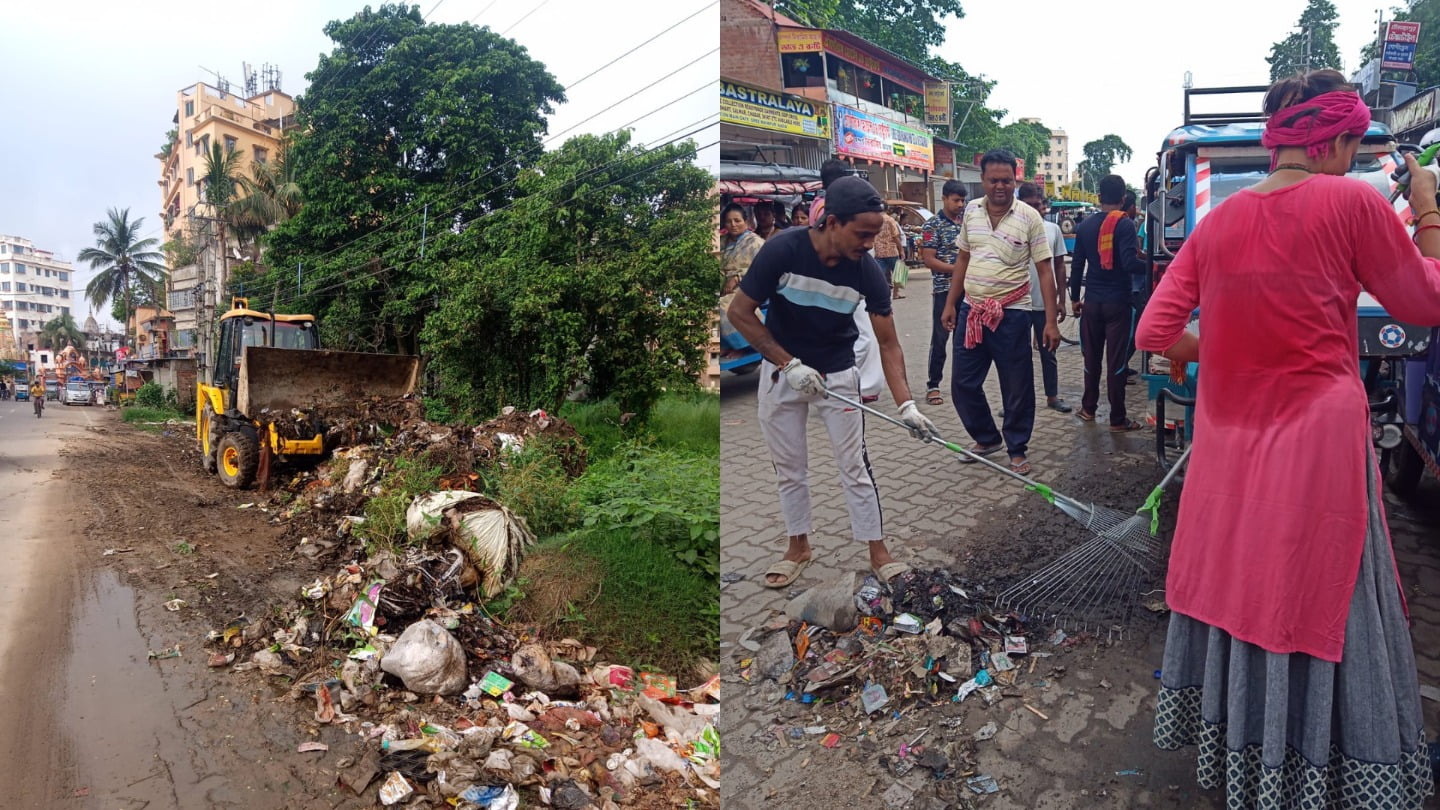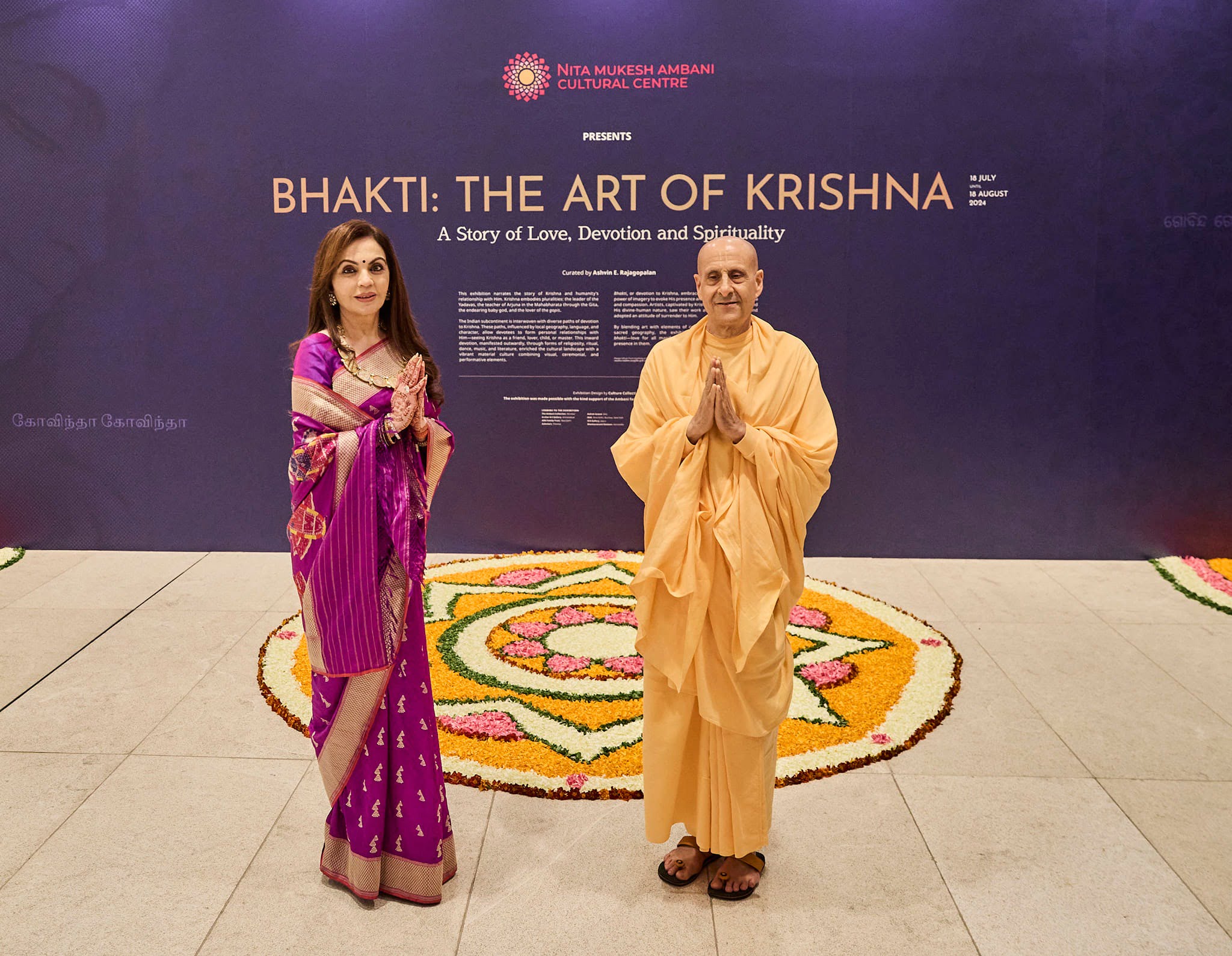Dhanu Yatra: Largest Open Air Ethnic Theatre
By Biranchi Mishra | Dec 20, 2008
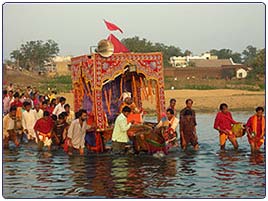
Odisha is not only a land of magnificent monuments and natural beauties but also a land of colourful fairs and festivals. Every season in Odisha has a variety of occasions to celebrate. In fact, our festivals are as numerous as the days in the year, each with a difference. They unfold a vista of age-old traditions and customs, rites and rituals, dance and delicacies. The mood of the people is upbeat. They put in their best of attire and ornaments and exhibit the way they lead their lives. There is no better occasion to see the people in their true colour, customs and pageantry.
In this plethora of festivals, there is one and only which is remarkably distinguishable from the rest, in sense and style, grace and grandeur.
Observed for eleven days preceding Pausha Poornima the full moon-day of Pausha in December-January, this is the spectacular Dhanu Yatra of Bargarh in the western part of Odisha, about 59 kms from Sambalpur on the National Highway No. 6.
Dhanu Yatra is the theatrical presentation of Krishna Leela enacted to bring the old myth alive on locations from the marriage of Devaki with Vasudeva till the death of Kansa as described in the scriptures. The entire episode is re-enacted, blow by blow in this festival.
Incidentally, the geography of Bargarh region totally conforms to the locales of the Puranic descriptions and the scenes are enacted at different places in stead of at one place. The city of Bargarh is treated as Mathura . On the outskirts of Bargarh is the river Jeera, to serve as river Yamuna, on the other bank of which is a small village Amapali to become Gopapura. Even there is a mango groove there to serve as Vrindavan and a pond as Lake Kalindi . A gorgeously decorated high rise stage in the heart of Bargarh is erected to serve as the Durbar of Kansa. A live elephant is engaged for the royal transport. A chariot is made for Akrura’s visit to Gopa to bring Krishna and Balaram to Mathura . However, all other scenes are enacted on the natural settings and no set is made which gives the festival an ethnic ambience.
The entire topography of Bargarh within a radius of five kilometers turns into the zone of play, making it the largest open air theatre where the scenes are enacted at their appropriate locations simultaneously on the appointed days which gives the festival a lively and natural look. Perhaps nowhere, a play has been made to achieve such a vast magnitude with such naturality.
What is also unique to Dhanu Yatra is the largest cast and the people’s participation. While the lead characters are selected from amongst the artistes of the region, all the local inhabitants as well as the visitors who happen to be there then are also taken as characters (as the subject of Mathura and Gopa). Virtually everyone has a role to play, physically involved, emotionally overwhelmed. They all join without any persuasion, without any invitation. The festival is of the people, by the people and for the people who seem to have been transported to the mythical age in body and spirit during the festival period. The performances are so lively that even the district administration plays a passive role at the back stage, leaving the rule of King Kansa to prevail. And the people enjoy his dictates as if he is the de-facto administrator.
There is no specific dialogue for any scene. Keeping in view the sense of the episode, the characters speak the dialogue extempore in their own way…
The festival also provides an opportunity to the local performing artistes to exhibit their talent when they present their performance in the Durbar of Kansa and on makeshift stages.
The local people might be watching this for years, but they are not tired to see it again. What is remarkable for the visitors who come for the first time is to watch them; how they become part of the festival without any obligation, without any compulsion.
The scenes are enacted in the afternoon and evening hours every day. However, cultural programmes continue till the wee hours for entertainment of the visitors. There is no rule, no restriction but it is so disciplined that there is no dislocation. The festival does not in any way interfere with the normal routine of the city where everything goes on as usual.
Evidently, Yatra happens to be the exact equivalent of theatre that directly relates to the sphere of enactment of the histrionic arts. Depending on the worldly limitations, Yatra has four forms with one side, two side, three side and four or all side spectators, the last being the oldest. For many reasons, Yatra has remained open air though there used to be permanent Yatra halls. Dhanu Yatra of Bargarh appears to be the largest open-air theatre with the oldest form. While elsewhere, a limited area – a vast field, a long street, an extended open space – are improvised, herein Bargarh a whole town with a village including a river is turned into the acting arena. It has also an element modern technique which calls for the spectators’ participation. There is hardly any play where one and all of the spectators are involved in the participation as they are in the Dhanu Yatra.
Odisha has a great and ancient tradition of Yatra in many splendoured varieties and forms. Massive and spectacular theatrical presentations are the specialties of Yatras of Odisha, and Dhanu Yatra tops them all in the imaginative grandeur.
When and how the Dhanu Yatra began at Bargarh is not exactly known but it is being organised since 1948 almost regularly every year.
The festival might have undergone some changes over the years in pomp and ceremony but the message “victory of good over evil, triumph of truth over tyranny”, remains unchanged.
Dhanu Yatra is a dream festival. To be in Bargarh during Dhanu Yatra means to be a part of the festival which is a life time experience, a rare occasion to peep into the local culture in its entirety.





